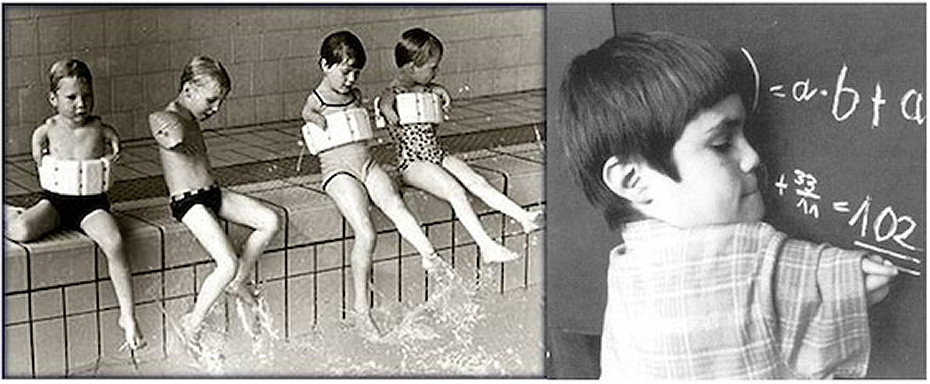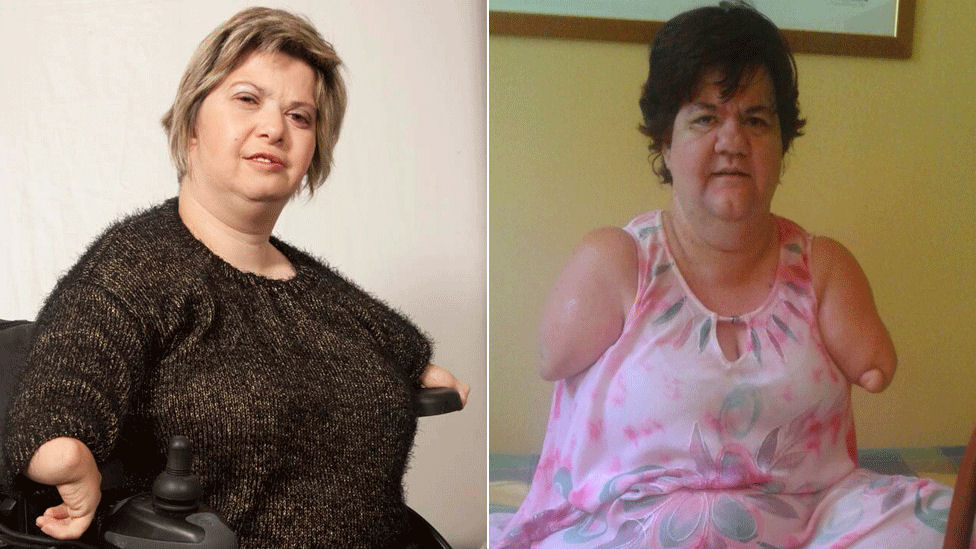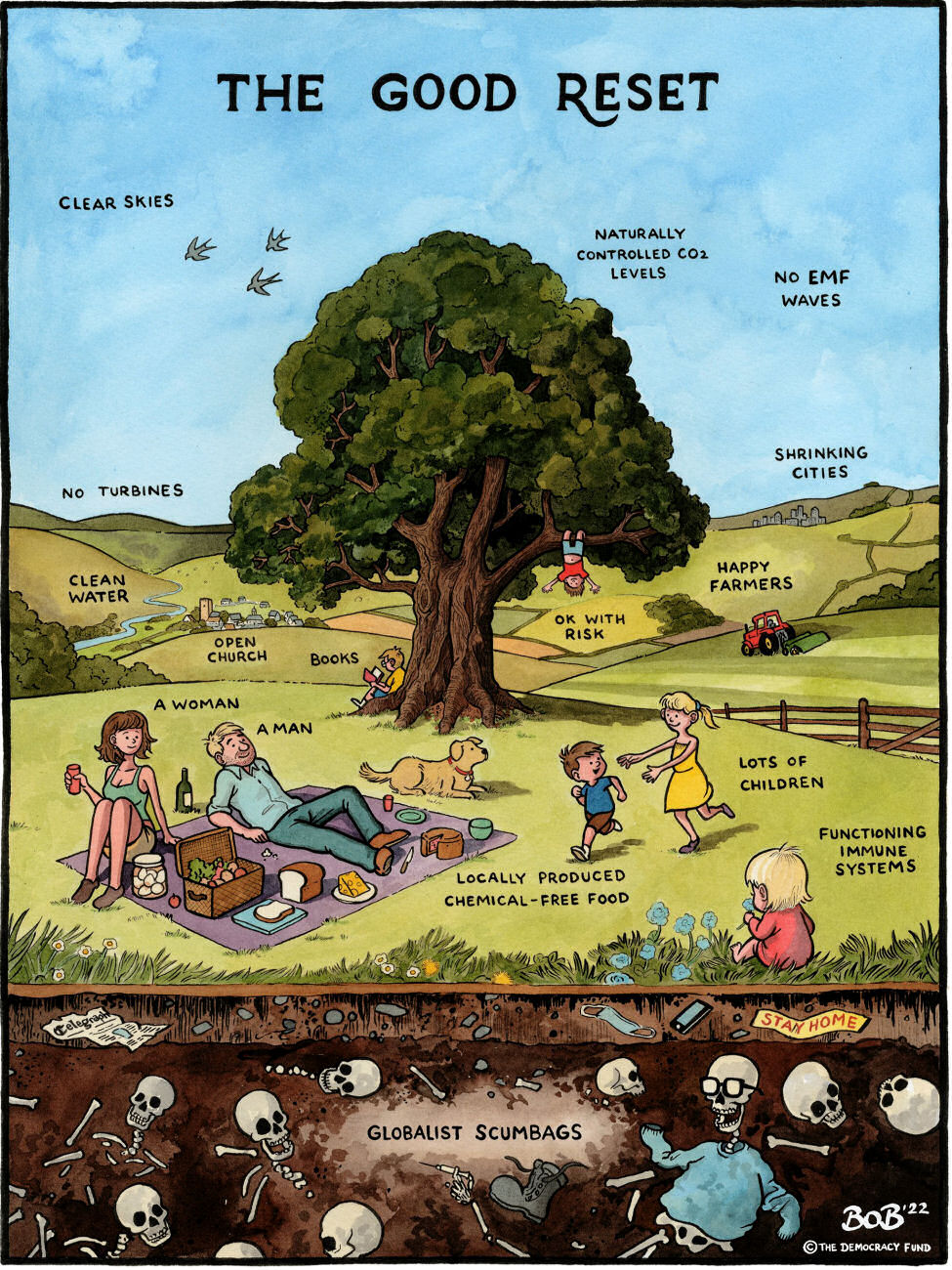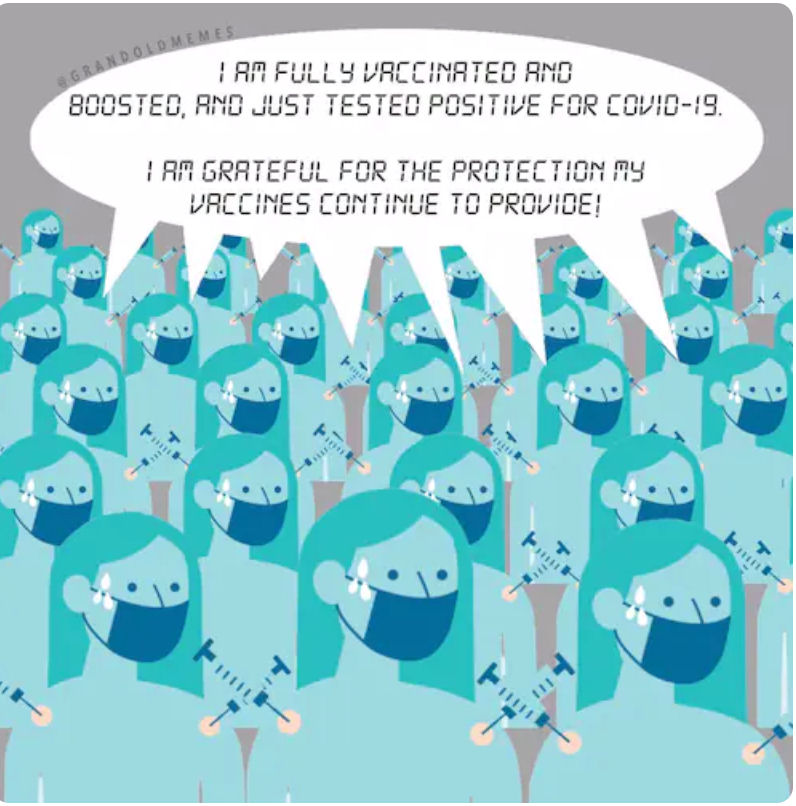@EvilFoodSupply
For those wondering, I use the Hello brand of toothpaste that's fluoride free and SLS free. No affiliation.
Thanks for checking out the new channel! Don't forget to subscribe.
Get breaking news about our food supply to protect yourself from everyday toxins robbing you of your health https://evilfood.org/newsletter
@TheSimba86
If you think fluoride can't be bad because dentists say it's good just remember that doctors used to market cigarettes
@flappymcflappington6719
The biggest red flag is the idea that the government would care that much about your dental health.
@user-Ou8onetwo.
In a nutshell, the FDA's logic goes: we don't know if this is safe or not so you can keep selling it until people really start complaining about it and then we'll consider the possibility of discussing our likelihood of potentially looking into this further.
@enidmrtnz5315
My grandmother used to tell us growing up in the early 90's to always rinse the toothpaste off our mouths when we were done brushing our teeth. She said the instructions didn't say to rinse but it was important to do so because the fluoride in the toothpaste was toxic for our teeth and our health. She always left it at that and we always follow all her rules regardless if it was true or not.
Fast forward to 2005 when I was on one of my Dental Assistant classes the professors told us he wasn't suppose to tell us anything negative about dental school but to stay away from fluoride and not to ever consume anything with it. He said fluoride was a poisonous silent killer and no doctor will ever say you are sick or die because of it because the Gov. was involved in it. He was always very transparent about anything that was unhealthy to humans. Somehow a little group of students went to administration and complaint that he was talking negative about certain subjects and he was asked to resigned or be fired and lose his teaching license. He was a gem to have in that college and the students that complained were nothing but A-holes.
@zebulaun
My mom and dad used to get us fluoride free toothpaste and we lived in a town without fluoride in the water. They always knew about this bullshittery and for their diligence I am extremely grateful.
@solascripturaPR1517
"There a lonnnnnnnnnnnnnng history of scientists selling out to cooperations..."
That's all that I needed to know.
@rjay7019
Wow my mom was always against fluoridation. She was a CNA and Phsyce Tech. She's been gone now 29 years she'd be glad to hear this.
Mom was right again
She was born in 1933.
@abtwopoint0
I'll never forget the dentist prescribed me 15 fluoride pills in the 2nd grade. I got in trouble for trading and sharing the pills at school when my teacher got whim of my hustle. My step dad came to the school and raided my desk and backpack and we had a meeting with the principal. Now that I'm older I'm absolutely baffled I was given fluoride pills at about 7 years old.
@aidankilleen5889
The fact these "people" only ever got expensive lawsuits is pathetic. Knowingly disposing of KNOWN toxic chemicals into the public should be criminally prosecuted.
@remyllebeau77
Reminds me of "the science" telling us that something else was "safe and effective" as a supposed treatment for the latest "pandemic".
@thesavagewombat6867
I tried to tell an engineer at my work that it was dangerous to give her daughter fluoride pills for tooth decay.
That went over well.
@user-br4tc6zr5t
love that we didnt even talk about the pineal gland whatsoever like thats not the actual target
@Heritagepostfarms
My dad told me they put flouride in the water "So the population has cleaner teeth!" I laughed because even at 16 years old, I knew the government doesnt care AT ALL about our health
@RoosterStone
"Silent Weapons for Quiet Wars" - nothing is by accident, it's by design.
~ Bill Cooper
@PNW_Sportbike_Life
I cannot believe this channel isn't so much bigger! You guys do an absolutely killer job!!
@miapdx503
I'm glad that the people of my city, Portland Oregon, fought to the nth degree to keep fluoride out of our tap water. Brushing your teeth with just salt, and/or baking soda is an excellent and ancient method to clean teeth.
@arbitraryobjective4904
Finally! I cut out fluoride as much as I can a few years ago. Whenever I try to talk to anyone about it though I just get treated like a crazy conspiracy theorist
@stepper8584
My brother endured minor brain damage as a child because we had fluoride mint candies, you were allowed to eat 1 after brushing teeth every day, one day he ate the entire bottle (around 50 pc) and my mum found him unconsciounce and foaming from the mouth (he was about 5 yo)
|







































